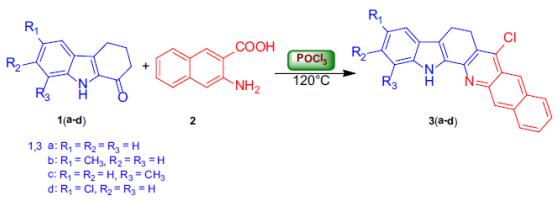1,5-cyclooctadiene-bioactivity
Feb 12,2020
1,5-Cyclooctadiene is the organic compound with the chemical formula C8H12. Generally abbreviated COD, this diene is a useful precursor to other organic compounds and serves as a ligand in organometallic chemistry. 1,5-Cyclooctadiene can be prepared by dimerization of butadiene in the presence of a nickel catalyst, a coproduct being vinylcyclohexene. It is also a chemical intermediate in the production of Nylon.
1,5-Cyclooctadiene was used as a catalyst in the synthesis of aminoindene derivatives by the [3+2] annulation of ketimines with internal and terminal alkynes.
COD has been evaluated for mutagenicity potential and found to be negative in in vitro assays with Salmonella strains (TA100, TA1535, TA97a and TA98, and E. Coli strain WP2uvrA(pKM101) with and without activation. It was also negative in a series of bacterial mutation assays, a yeast assay for mitotic gene conversion, and an assay for the induction of chromosome damage in cultured rat liver cells. No evidence of clastogenic activity was found in human lymphocytes at in vitro concentrations of up to 5mg/L with and without S-9 activation. [2]
COD was negative for micronuclei formation in bone marrow polychromatic erythrocytes in male rats exposed for 6 hr/day for 2 days at COD concentrations of 1500 ppm. The oral LD50 of COD in rats is 2.4 g/kg,6 it is a severe skin irritant, a mild-to-moderate eye irritant,6 and a potent skin sensitizer. The damage in the eye was reversible.
The four-hour approximate lethal concentration (ALC) in rats for this compound was 2700 ppm. In the ALC study, rats exposed, nose-only, showed severe weight loss, irregular respiration, and ataxia at concentrations of 1400 ppm. An earlier whole-body exposure study showed a four-hour LC50 of 2870 ppm. Some effects observed in the whole-body study were unresponsiveness, incoordination, dyspnea, hyperpnea, and lacrimation. Rats that survived the lowest tested concentration (1820 ppm) showed reversible microscopic liver and kidney effects. A range finding experiment was conducted in rats exposed for six or four hours/day for two days to approximately 500 ppm of the test compound. Duringthese exposures, the rats showed a diminished alertingresponse and some body weight loss the day after the first exposure. [3]
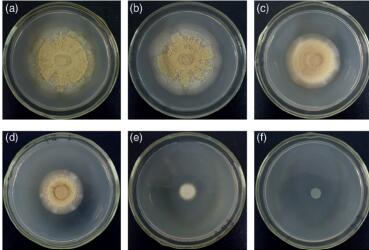

References
1.Dean BJ, Brooks TM, Bodson-Walker G, Hudson DH. Genetic Toxicology Testing of 41 Industrial Chemicals[J]. Mutat. Res. 1985, 153: 57–77.
2.Brown VKH, Hunter CG. Experimental Studies on Skin Hazard with Cycloocta-1,5-diene and Cyclododeca-1,5,9-triene[J]. Brit. J. Indust. Med. 1968, 25:75–76
3.Eisenbrandt DL, Mattsson JL, Albee RR, Spencer PJ, Johnson KA. Spontaneous Lesions in Subchronic Neurotoxicity Testingof Rats[J]. Toxicol. Pathol. 1990, 18(1):154–164.
- Related articles
- Related Qustion
See also
3-bromo-2-methylaniline is an important organic intermediate (building block) to synthetize substituted aniline products.....
Feb 12,2020Organic Synthesis Intermediate3-Amino-2-naphthoic acid, is an unnatural aromatic amino acid, that can be used for the manufacture of more complex compounds. It can be utilized for the synthesis of novel acronycine/duocarmycin hybrid natural product.....
Feb 12,2020Amino Acids and Derivatives1,5-Cyclooctadiene
111-78-4You may like
- Is dimethyl disulfide a natural product?
May 22, 2024
- What is the effect of water on 3-aminopropyltriethoxysilane (APTES)?
May 17, 2024
- The solubility of Succinic anhydride
May 11, 2024
1,5-Cyclooctadiene manufacturers
- COD
-
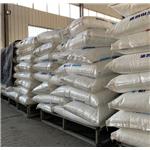
- $6.00 / 1kg
- 2024-01-08
- CAS:
- Min. Order: 1kg
- Purity: 99%
- Supply Ability: 5000ton
- 1,5-Cyclooctadiene
-
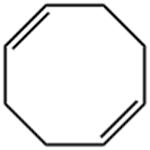
- $100.00 / 1KG
- 2023-12-26
- CAS:111-78-4
- Min. Order: 1KG
- Purity: 99%
- Supply Ability: g-kg-tons, free sample is available
- 1,5-Cyclooctadiene
-
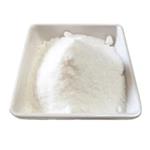
- $0.00 / 25KG
- 2023-11-13
- CAS:111-78-4
- Min. Order: 1KG
- Purity: 99%
- Supply Ability: 50000KG/month




